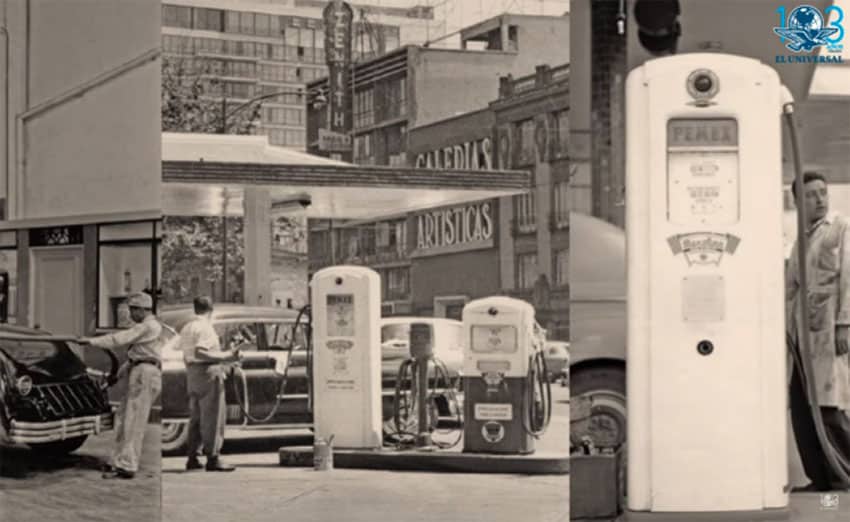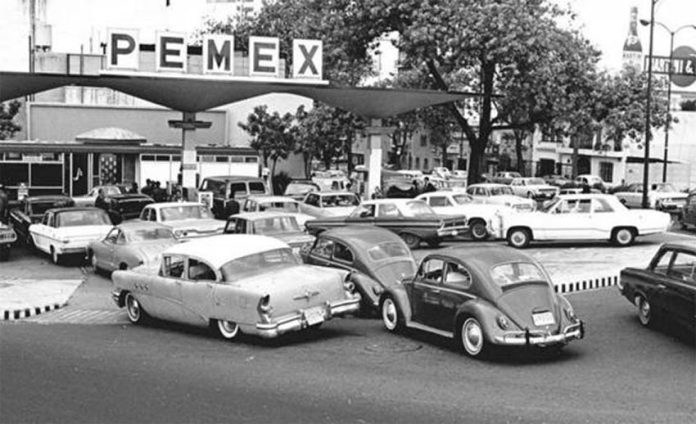Pemex has looked to the past for inspiration for a new network of gas stations.
The state oil company will build 500 stations based on the architecture and design of its gasolineras in the 1940s and ‘50s.
The retro model “will seek to exploit nostalgia and sentimentalism” of Mexico’s golden age, Pemex says in a document directed at potential franchisees to which the newspaper El Universal had access.
The new gas stations, the first of which are expected to open in 2020, will be built in parts of the country where a sense of nostalgia already exists, such as Pueblos Mágicos, or Magical Towns.
The use of one of the company’s past logos at the new stations is currently under consideration.

Pemex tells would-be investors that there is a yearning for yesteryear among today’s consumers and that the retro gas stations have the potential to become icons of the areas in which they will be located.
However, the company concedes that building gas stations that hark back to the past will be costly and time-consuming.
But Pemex is determined to win back at least some of the market share it has lost since private gas stations entered the retail fuel market following the implementation of the previous government’s energy reform.
Motorists who fill up at the retro stations will enjoy a unique experience and be guaranteed high levels of “quality, honesty, innovation and service,” according to the company.
The first of the new stations is to be built in La Condesa, a trendy Mexico City neighborhood known for its bars, restaurants, parks, leafy streets and attractive art deco architecture.
One person unlikely to be seen filling up at a retro Pemex gasolinera is former president Vicente Fox.
After the state company’s plan came to light, Fox took to Twitter to claim that it was the brainchild of President López Obrador, of whom he is a frequent critic.
“It’s obvious that this outdated and nostalgic crap comes from the throne of his Serene Highness,” he wrote.
“Pemex is going back 50 years. López [Obrador] is taking us back 100 years . . .”
Source: El Universal (sp)
